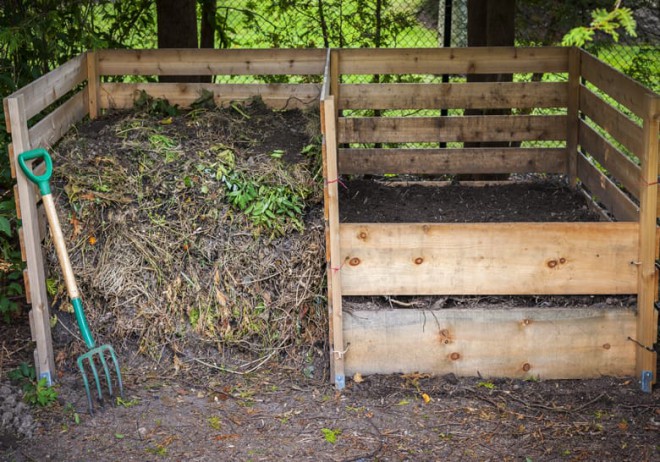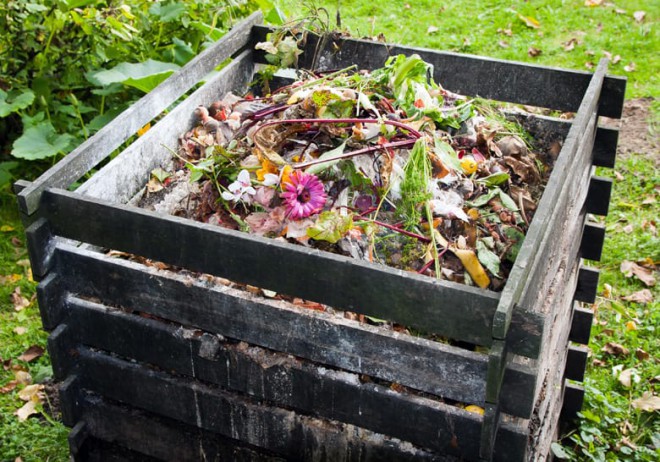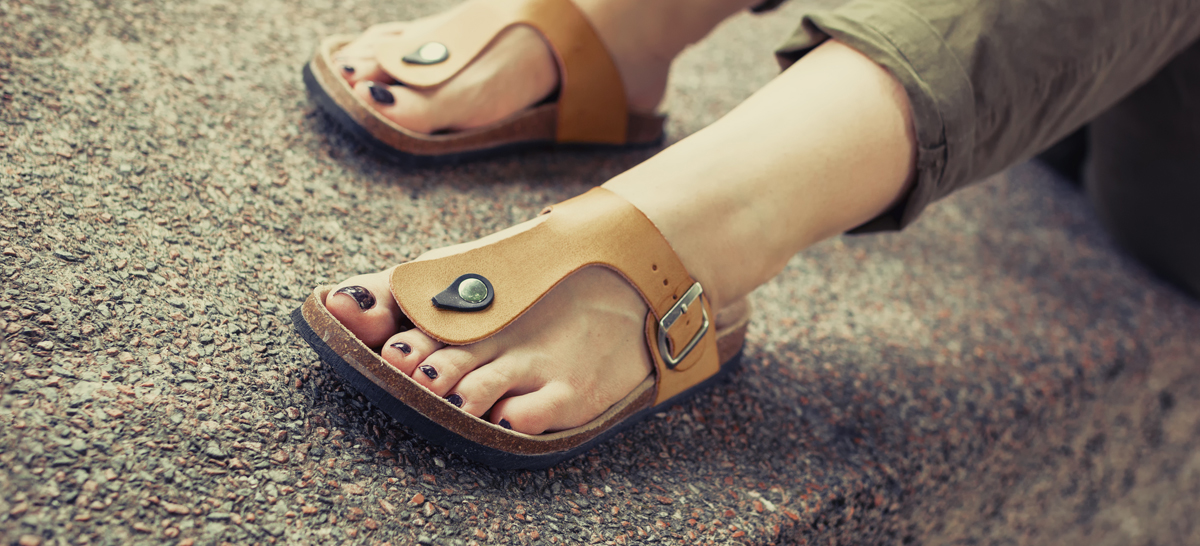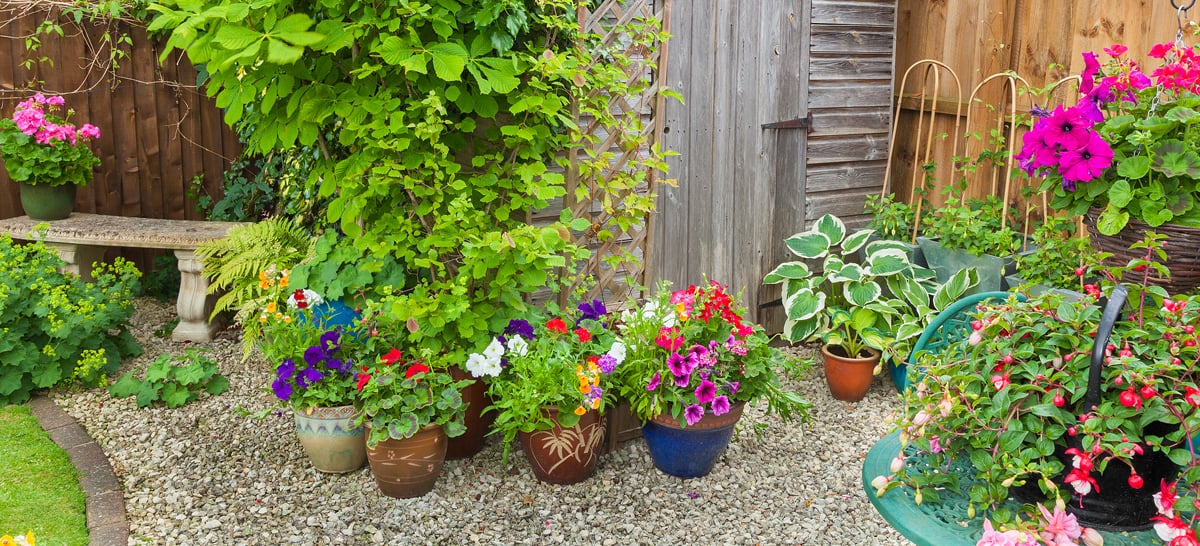How to start composting
1. Choose a compost location. When siting your compost pile, look for an open, easily accessible space. The space should give you enough room for at least a 3x3' pile and space to use your compost-turning tool. You'll also need a space that offers adequate air circulation, some shade and bare ground. Site your compost away from encroaching vines, bushes or trees and any wooden structures.
2. Choose a compost bin. There are so many choices! You can always go sans-bin and just stick with a stand-alone compost heap, but a bin will keep your compost pile neat and easy to manage. Your choices include store-bought compost bins or a homemade bin of some sort. You can make a wire compost enclosure with a few stakes and some heavy-gauge wire. You can make an easy-access three-sided compost bin with planks of wood, wood palettes or even cinder blocks. You can also make a multi-stage compost area that allows you to move your compost over as it decomposes. This set-up is perfect for large spaces, and keeps "young" compost separate from ready-to-use compost.

3. Get a well-balanced compost heap started. The key to creating and maintaining a well-balanced compost heap is knowing what scraps represent carbon and what scraps represent nitrogen -- and keeping the two at the right balance. In order to keep your compost light and fluffy, you need to have a little more carbon than nitrogen in your pile at all times.
- Carbon scraps are your "brown stuff," or the "fiber" of your pile. High-carbon additions include autumn leaves, dried (dead) plants and clippings, sawdust straw, plant prunings, pine needles, corn cobs and stalks, and shredded paper and cardboard. If you add paper or cardboard, make sure it's cut up or shredded. It's a good idea to start your pile with a bed of fiber -- like straw -- to allow for drainage and encourage airflow.
- Nitrogen scraps are often referred to as "green stuff." Nitrogen scraps include grass clippings, young plants and weeds (before they go to seed), flowers and flower cuttings, fruit and vegetable scraps, coffee grounds (filters can be included!) and tea leaves. Chicken manure is high in nitrogen and can also be added to your compost. Scraps that are high in nitrogen do better when covered by carbon scraps. This masks their smell and helps the decomposition process along.
Crushed eggshells are considered "neutral" and can be added to your compost pile. Do NOT add bones, meat, dairy, processed food, pet poop or toxic materials to your compost.
How to maintain your compost pile
1. Keep adding a balanced amount of scraps to your pile. As the season progresses and you continue to do yard work like mowing the lawn, deadheading flowers, trimming plants and raking leaves, add your yard waste to the top of the compost heap. When you turn your compost, it will all get mixed into the heap to decompose.

2. Periodically moisten the pile. If you live in a dry climate, you'll need to add water to your compost pile when it dries out. When you turn your compost pile, check to see if it needs moisture. The compost should be about as damp as a wrung-out sponge. If your compost is too wet, add some dry fiber (carbon) to the pile.
3. Periodically turn the pile. "Turning" your pile means taking a pitch fork, shovel or compost aerator and aerating the compost with a turning motion. Move the interior compost to the exterior and vice versa. This movement increases oxygen and distributes microbes, speeding the compost process. If you turn your pile every 2-4 weeks, you'll get rich, usable compost faster than letting it sit for months at a time. If you have a lot of grass clippings in your compost, turn more often to prevent matting and compression.
4. Reap the benefits. Once you start seeing dark, loamy soil instead of a bunch of clippings and food scraps, you have compost! It will show up at the bottom of your heap first. Add your rich compost to your vegetable and perennial gardens, and sprinkle it on your yard and potted plants to enrich the soil with healthy nutrients and beneficial organisms. Compost is a gardener's strongest tool, and no chemical fertilizer can rival it in its growing power.

Happy spring and happy gardening!



